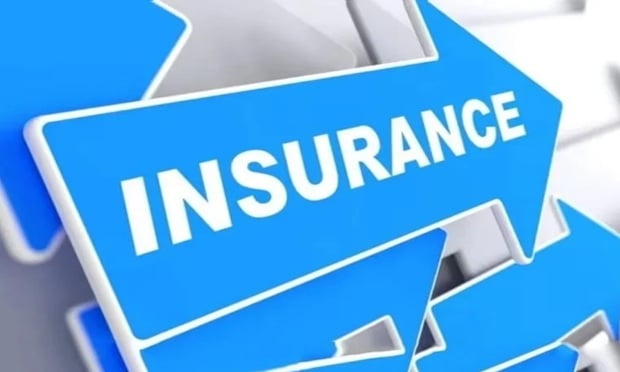There has been a large increase in the amount of questions received recently by FC&S concerning the damage to property and damage to your work exclusions on the commercial general liability (CGL) coverage form. These exclusions come into play when an insured performs work on a customer's property and that work is then judged to be faulty, causing the customer to make a claim for property damage against the insured. The exclusions are applied to prevent the CGL form from guaranteeing the work of the insured; that is, to prevent the CGL form from providing liability coverage for the insured for the costs of replacing and repairing defective materials or poor workmanship. Such damage is a business risk that the insured must bear himself.
However, the exclusions that would prevent coverage for damage to the insured's work are written in such a way that insureds and claim adjusters alike often have problems understanding the correct application. The standard damage to property exclusions on the ISO CGL form read as follows:
“This insurance does not apply to: property damage to that particular part of real property on which you or any contractors or subcontractors working directly or indirectly on your behalf are performing operations, if the property damage arises out of those operations — exclusion 2(j)(5); or to that particular part of any property that must be restored, repaired, or replaced because your work was incorrectly performed on it — exclusion 2(j)(6). The damage to your work exclusion applies to property damage to your work arising out of it or any part of it and included in the products-completed operations hazard — exclusion 2(l).”
Recommended For You
Want to continue reading?
Become a Free PropertyCasualty360 Digital Reader
Your access to unlimited PropertyCasualty360 content isn’t changing.
Once you are an ALM digital member, you’ll receive:
- Breaking insurance news and analysis, on-site and via our newsletters and custom alerts
- Weekly Insurance Speak podcast featuring exclusive interviews with industry leaders
- Educational webcasts, white papers, and ebooks from industry thought leaders
- Critical converage of the employee benefits and financial advisory markets on our other ALM sites, BenefitsPRO and ThinkAdvisor
Already have an account? Sign In Now
© Touchpoint Markets, All Rights Reserved. Request academic re-use from www.copyright.com. All other uses, submit a request to [email protected]. For more inforrmation visit Asset & Logo Licensing.






